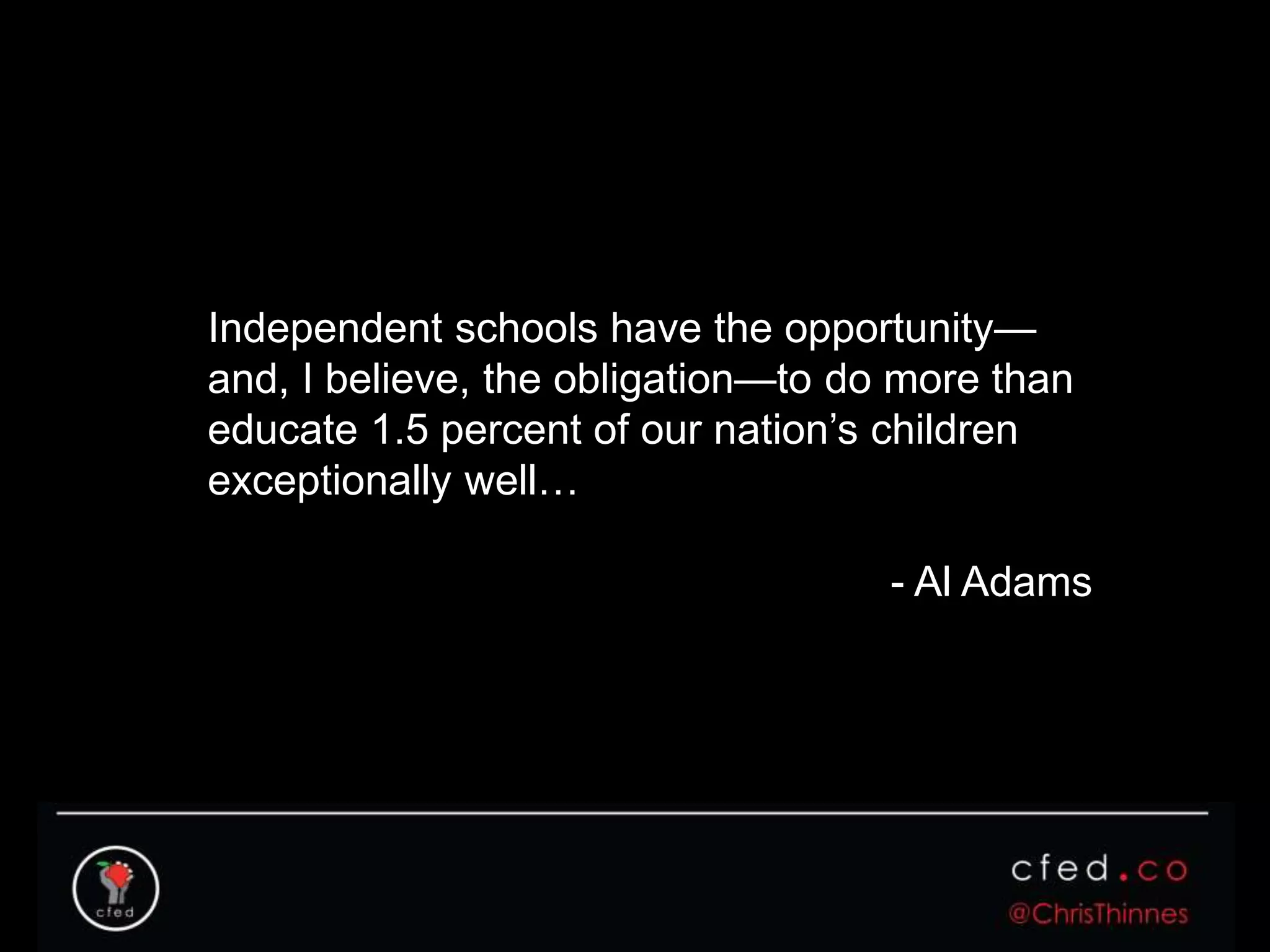The document discusses the role of schools in shaping culture and democracy through public-private partnerships and intercultural education. It emphasizes the importance of understanding cultural diversity and constructing collective values while promoting democracy over capitalism. The content advocates for educational approaches that foster collaboration, critical thinking, and empathy, highlighting the need for schools to move beyond traditional models to address societal injustices and facilitate sustainable change.





































